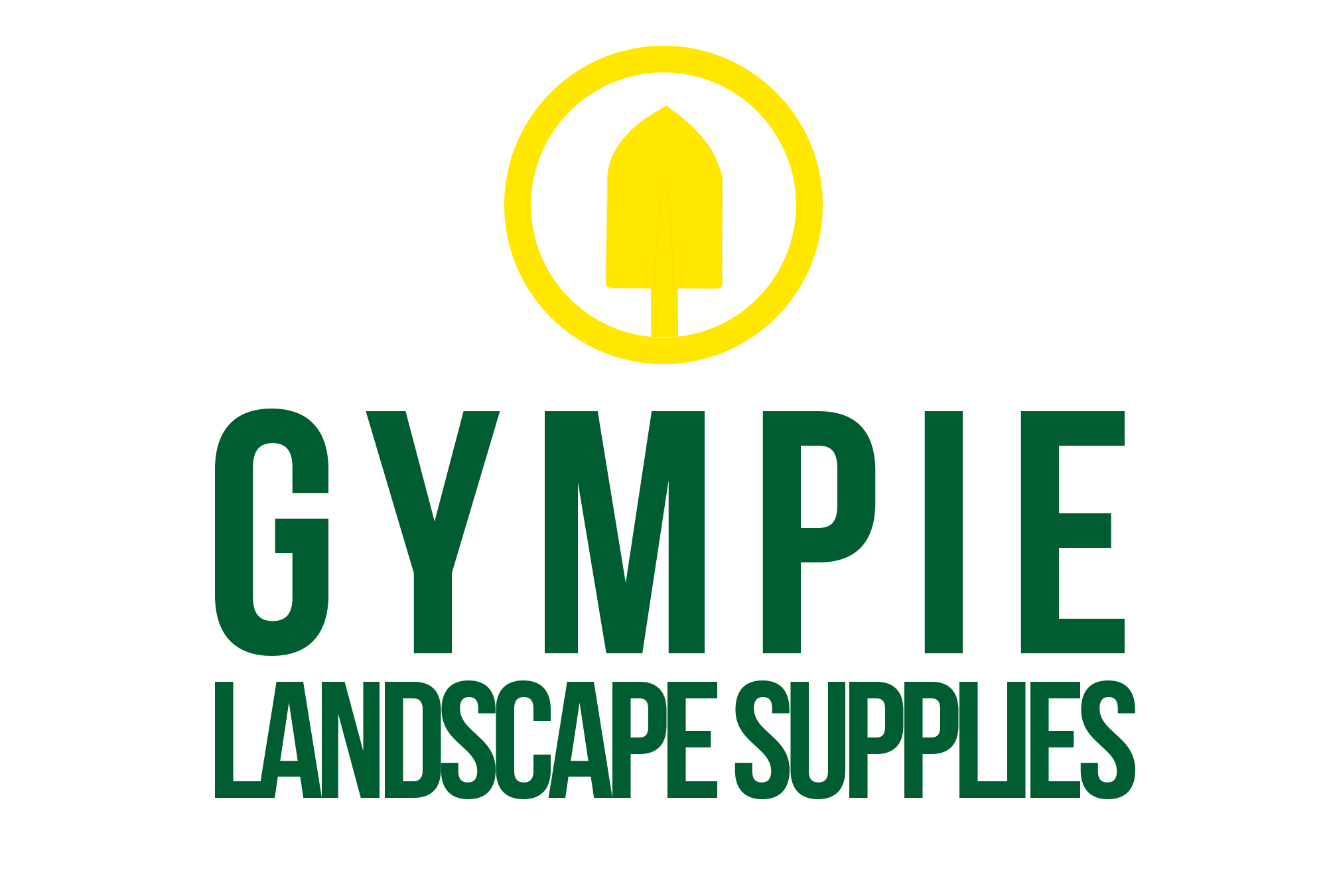
Discover how to build an eco-friendly raised garden bed using recycled sleepers in 2024. Our step-by-step guide helps you create a sustainable garden oasis!
Ready to flex those green thumbs and create a garden that’s as eco-friendly as it is beautiful? You’re in for a treat! Did you know that using recycled materials in gardening can reduce your carbon footprint by up to 30%? That’s right, folks! Today, we’re diving into the world of DIY raised garden beds using recycled sleepers. It’s time to roll up those sleeves and get ready for a project that’ll make Mother Nature proud. Let’s turn those old sleepers into a thriving garden paradise!
The Sweet Science Behind Sugar Cane Soil Enrichment
Let’s talk about the magic of sugar cane in your garden! You might be surprised to learn that sugar cane waste is a gardener’s secret weapon. It’s packed with nutrients that plants love, and it’s not just about feeding your veggies.
“Sugar cane bales are like a spa treatment for your soil,” says Maria, an urban gardener from Brisbane. “They improve the structure and help retain water, which is crucial in dry climates.”
But the benefits don’t stop there. Using sustainable sugar cane products in your garden is a win for the environment too. It’s a great way to reduce waste and support eco-friendly farming practices.
Preparing Your Garden for Sugar Cane Magic
Now that you’re excited about sugar cane, let’s get your garden ready! First things first: location, location, location.
“Choose a spot that gets plenty of sunlight and has good drainage,” advises Tom, a seasoned gardener from Gympie. “Your veggies will thank you for it.”
When it comes to sourcing your sugar cane bales, quality matters. Look for sustainably produced options from reputable suppliers. Once you’ve got your bales, it’s time to prep your garden beds.
“I like to lay down a layer of cardboard to suppress weeds before adding the sugar cane,” shares Lisa, an organic gardening enthusiast. “It’s an extra step that pays off in the long run.”
Planting and Nurturing Your Veggies with Sugar Cane Bales
Ready to get your hands dirty? Sugar cane-enriched soil is perfect for a wide variety of vegetables. Tomatoes, peppers, and squash are particularly fond of this nutrient-rich environment.
Some gardeners even plant directly into the sugar cane bales. “It’s like creating your own little raised bed,” explains Carlos, a container gardening expert. “Just make sure to keep the bales well-watered, especially in the beginning.”
Speaking of watering, sugar cane soil requires a bit of a different approach. “The bales retain moisture well, so you might not need to water as frequently,” notes Sarah, a drought-resistant gardening specialist. “But when you do water, make sure it’s a deep soak.”
Maximizing Harvest with Sugar Cane-Powered Gardening
Want to take your sugar cane garden to the next level? Try companion planting! “I love planting basil near my tomatoes,” says Aisha, a permaculture designer. “The basil helps repel pests, and they both thrive in the sugar cane soil.”
Speaking of pests, sugar cane gardens have some natural defenses. “The texture of the bales can deter some crawling insects,” observes Mark, an integrated pest management expert. “But I still recommend keeping an eye out and using organic pest control methods when needed.”
Sustainable Gardening Practices to Complement Sugar Cane Use
To really make the most of your sugar cane garden, consider implementing some additional sustainable practices. Composting is a great place to start.
“I add my kitchen scraps and yard waste to a compost bin,” says Jake, a zero-waste gardening advocate. “It’s like creating your own super-fertilizer to complement the sugar cane.”
Water conservation is another important aspect. “I use mulch to help retain moisture,” recommends Olivia, a xeriscaping expert. “It works really well with the water-retention properties of the sugar cane.”
Lastly, don’t forget about our little garden helpers! “Planting flowers like marigolds and lavender can attract beneficial insects and pollinators,” suggests Mei, a biodiversity gardening specialist. “They’ll help your veggies thrive and create a beautiful, buzzing ecosystem in your backyard.”
Conclusion
There you have it, folks! The sweet secret to a thriving vegetable garden lies in the magic of sugar cane bales. By embracing this sustainable soil enrichment method, you’re not only nurturing your plants but also contributing to a greener planet. So, why wait? Grab those sugar cane bales and get ready to harvest the freshest, most delicious veggies you’ve ever tasted. Your taste buds (and Mother Earth) will thank you!


